When you’re growing your own food, few things are as frustrating as discovering your crops have been ravaged by pests. The good news is, most of these pests are easy to recognize once you know the signs. On a homestead, where everything is interconnected, staying ahead of pests is key to protecting your plants and ensuring a healthy harvest. Let’s explore some of the most common garden pests, what damage they cause, and how you can keep them under control. These tiny invaders might be sneaky, but with a bit of know-how, you can send them packing!
1. Aphids

Aphids are small, soft-bodied insects that cluster on the underside of leaves. They suck sap from plants, causing leaves to curl and yellow. If left unchecked, aphids can quickly spread and weaken your entire garden. Thankfully, they are easy to spot and can be controlled with natural predators like ladybugs or a strong spray of water.
2. Slugs and Snails
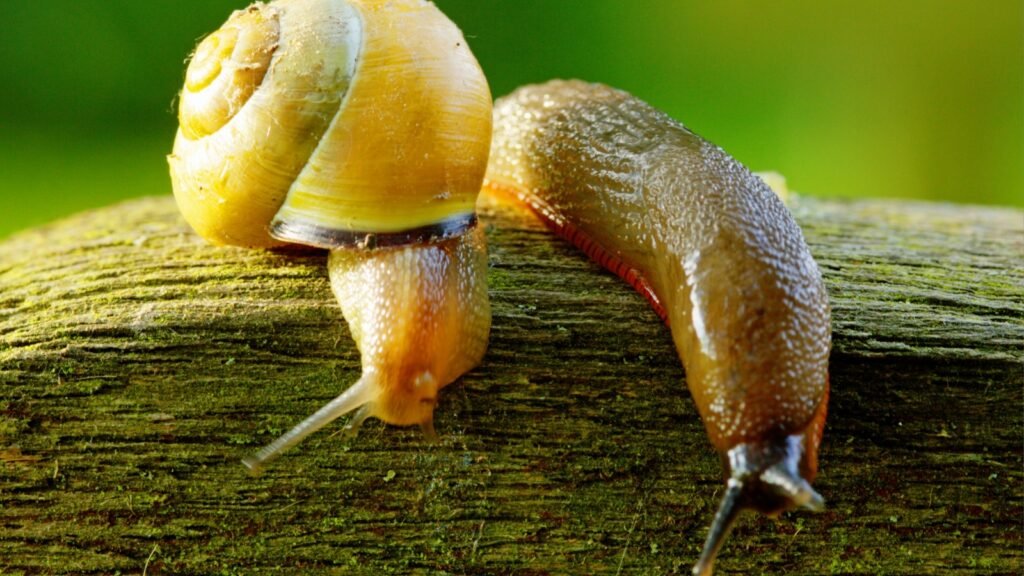
Slugs and snails are particularly destructive to leafy greens and young plants. They leave behind large, ragged holes in leaves and a telltale slimy trail. These pests love damp conditions and tend to be most active at night. Setting out beer traps or hand-picking them in the evening can help keep their numbers down.
3. Cabbage Worms
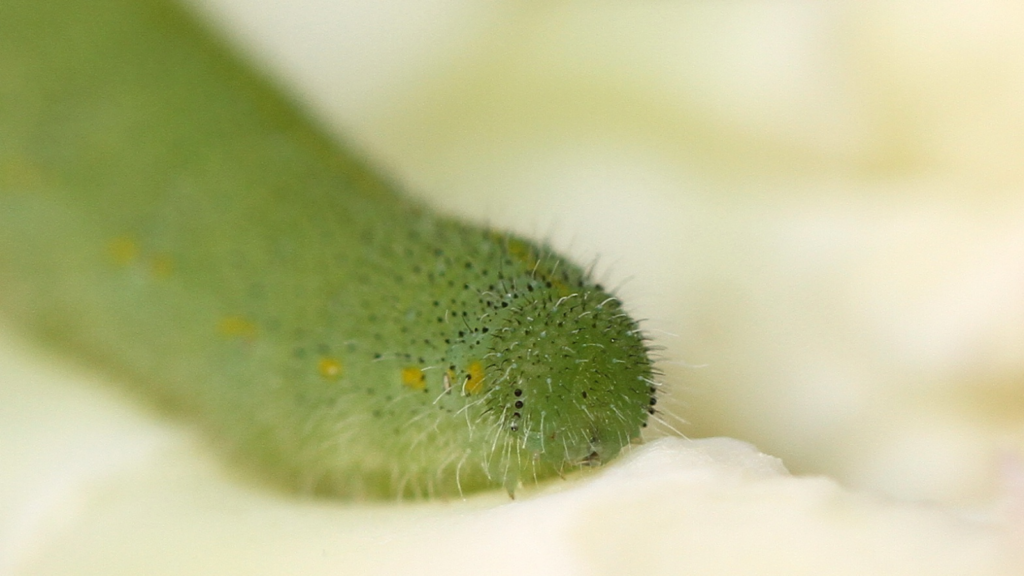
If you’re growing any type of cabbage, broccoli, or kale, you’ll likely encounter cabbage worms. These green caterpillars chew holes in leaves and can blend in so well they’re hard to spot. Hand-picking them or using row covers are effective ways to prevent an infestation before it gets out of control.
4. Japanese Beetles
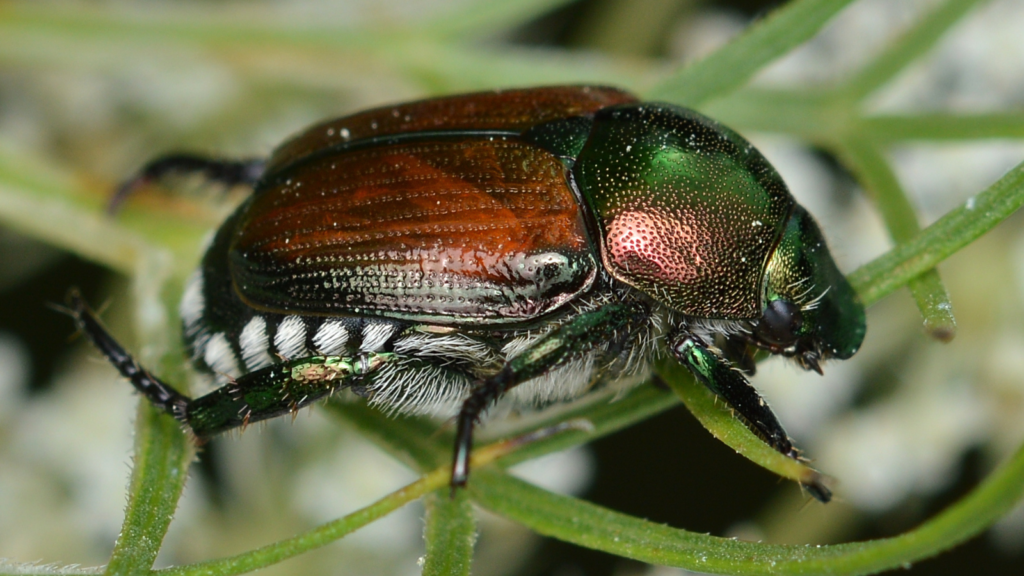
Japanese beetles are easily recognized by their metallic green and copper bodies. They feed on a wide variety of plants, including roses, beans, and fruit trees. These pests skeletonize leaves, leaving only the veins behind. Hand-picking them early in the morning when they’re sluggish is the best way to manage a small population.
5. Cutworms

Cutworms are sneaky night feeders that chew through young plant stems at soil level, often killing seedlings overnight. They hide in the soil during the day, making them hard to spot. Wrapping plant stems with cardboard collars can help protect vulnerable plants from these destructive pests.
6. Squash Bugs

Squash bugs attack squash, zucchini, and pumpkins, feeding on the sap and causing leaves to wilt and eventually die. They lay clusters of eggs on the underside of leaves, and the nymphs hatch and start feeding quickly. Removing eggs and applying neem oil can help control their population.
7. Spider Mites
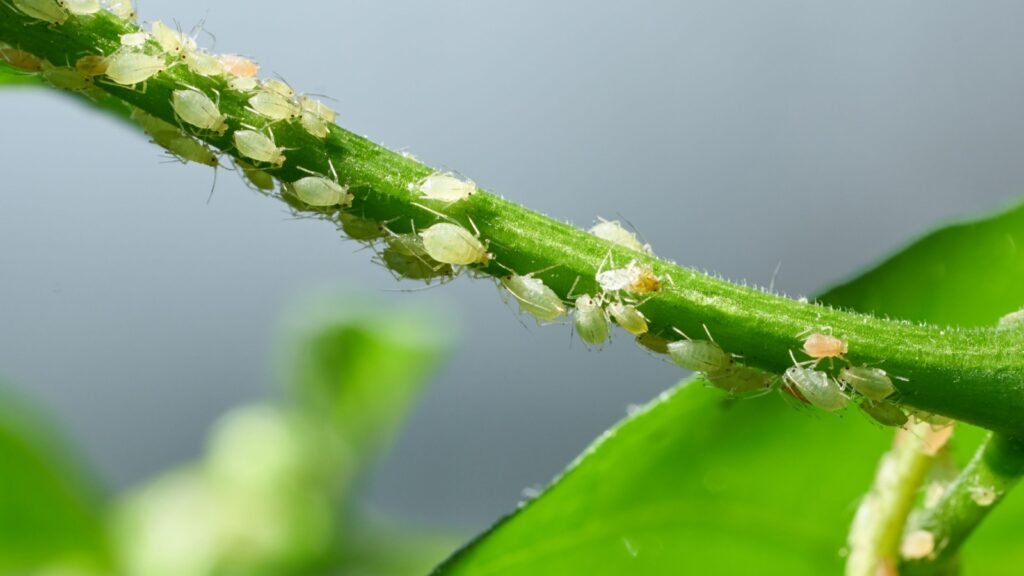
These tiny arachnids are often too small to see with the naked eye but can be identified by the yellow, stippled damage they cause to leaves. Spider mites thrive in hot, dry conditions and can quickly take over. Increasing humidity and spraying plants with water can help reduce their numbers.
8. Colorado Potato Beetles

The Colorado potato beetle is a major pest for potato plants but also affects tomatoes, eggplants, and peppers. The adults are striped, and their orange larvae can decimate foliage. Hand-picking and rotating crops are key strategies for keeping them at bay.
9. Flea Beetles
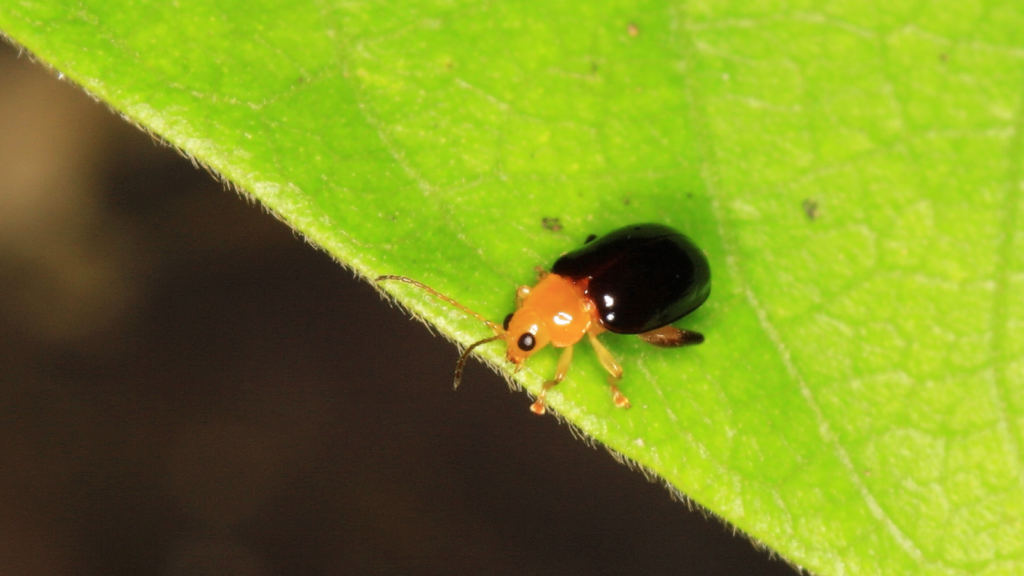
Flea beetles are small, jumping insects that chew tiny holes in plant leaves, often giving them a “shotgun” appearance. They especially love seedlings and tender young plants. Floating row covers and planting trap crops like radishes can help minimize their damage.
10. Whiteflies

Whiteflies are small, moth-like insects that swarm up in clouds when disturbed. They suck sap from plants, weakening them over time and causing yellowing leaves. Sticky traps and insecticidal soap are effective ways to control whitefly infestations.
11. Cucumber Beetles

Cucumber beetles are a common sight in the garden and can cause significant damage to cucumbers, melons, and squash. They chew on leaves and flowers, and their larvae feed on roots. Floating row covers and neem oil can help protect your plants from these beetles.
12. Thrips

Thrips are tiny insects that feed by puncturing plant tissue and sucking out the contents. This feeding behavior causes silver or bronze streaks on leaves, which can weaken the plant over time. Blue sticky traps and insecticidal soaps are effective ways to manage thrips.
13. Hornworms

Hornworms are large, green caterpillars that feed on tomatoes, peppers, and eggplants. They can defoliate a plant quickly if left unchecked. The easiest way to control them is by hand-picking or introducing parasitic wasps that naturally prey on them.
14. Earwigs
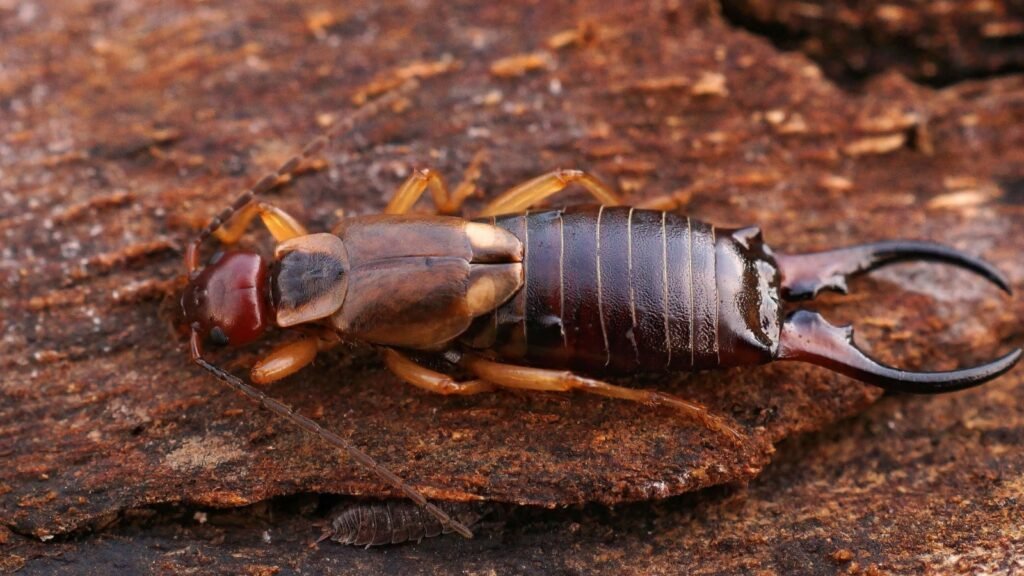
Earwigs are nocturnal feeders that chew irregular holes in flowers, fruits, and vegetables. While they do some good by eating other pests, they can also become a nuisance. Trapping them in rolled-up newspapers or tuna cans filled with oil is an easy way to control their numbers.
15. Leafhoppers

Leafhoppers are tiny, fast-moving insects that feed on plant sap, leaving behind yellow or white specks on leaves. They can also spread plant diseases like aster yellows. Sticky traps and row covers can help protect your plants from these pests.
16. Root Maggots
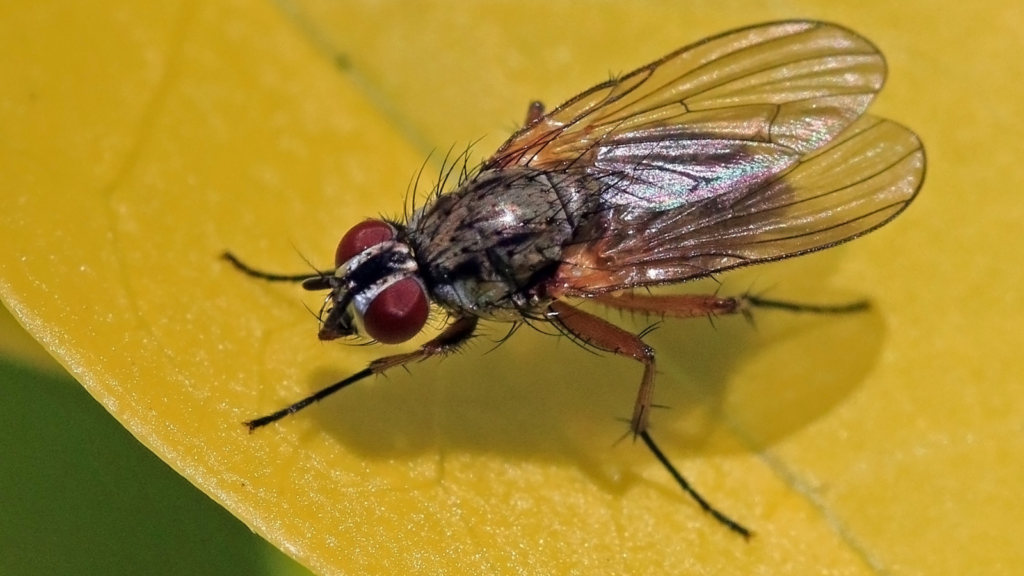
Root maggots attack the roots of plants like onions, carrots, and radishes. They burrow into the roots, causing stunted growth and wilting. Crop rotation and applying beneficial nematodes to the soil are good ways to prevent these maggots from causing too much damage.
17. Grasshoppers
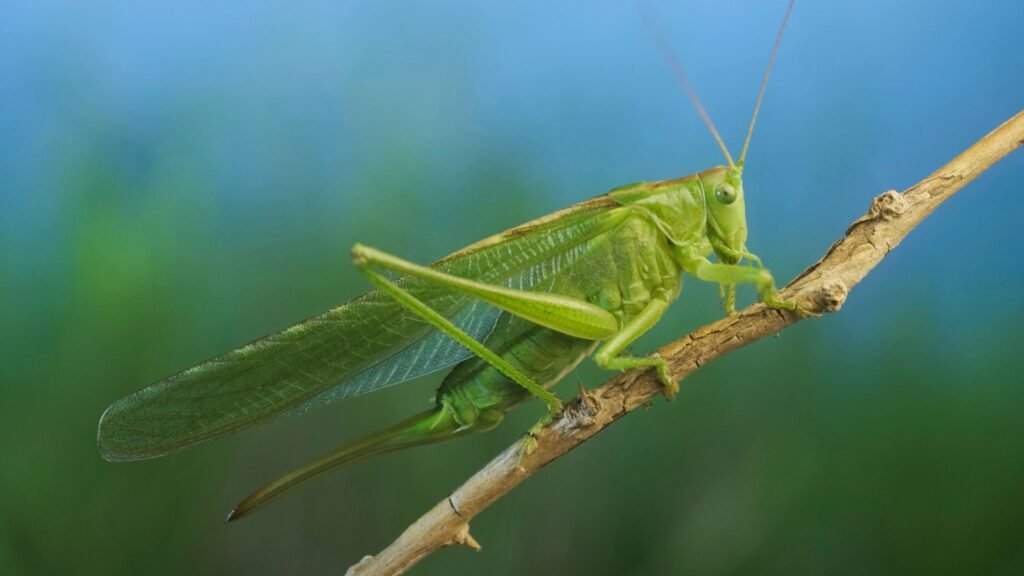
Grasshoppers are large, jumping insects that can devour an entire plant in a matter of hours. They are especially problematic during dry years when they migrate to gardens for food. Birds and beneficial insects can help keep grasshopper populations under control, as can row covers.
18. Mealybugs

Mealybugs are small, soft-bodied pests covered in a white, waxy substance. They suck plant juices, weakening the plant and causing leaves to yellow. You can treat mealybug infestations by wiping them off with a cloth soaked in alcohol or spraying the plant with insecticidal soap.
19. Vine Borers
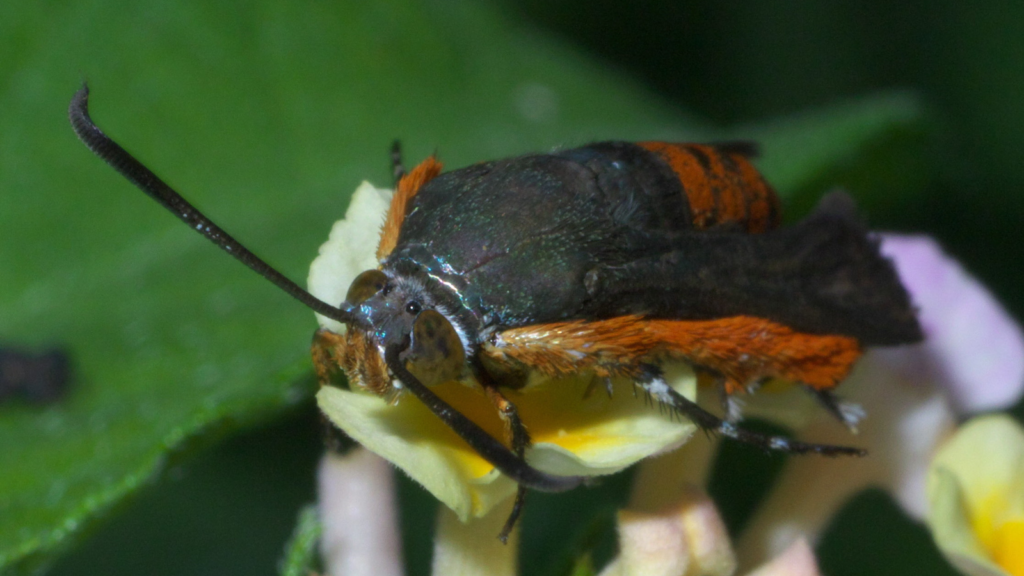
Vine borers are the larvae of moths that tunnel into the stems of squash and pumpkin plants, causing the plants to wilt and die. The best way to control vine borers is by cutting open affected stems and removing the larvae or applying row covers before the adults lay their eggs.
20. Leaf Miners
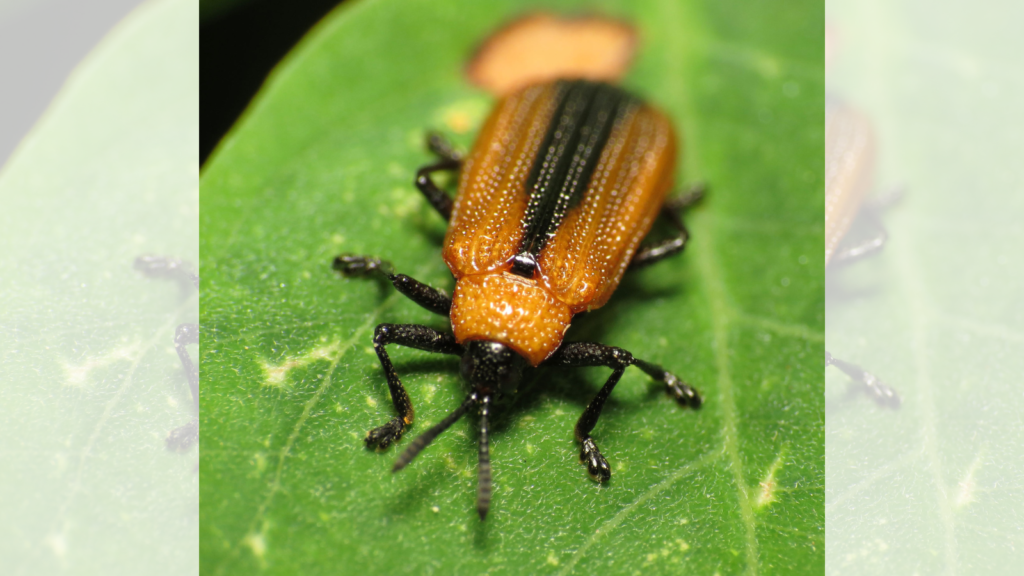
Leaf miners are the larvae of various insects that burrow between the layers of leaves, leaving behind winding trails. While they rarely cause serious damage, they can weaken plants if infestations are severe. Removing affected leaves and using neem oil can help reduce leaf miner populations.
21. Stink Bugs
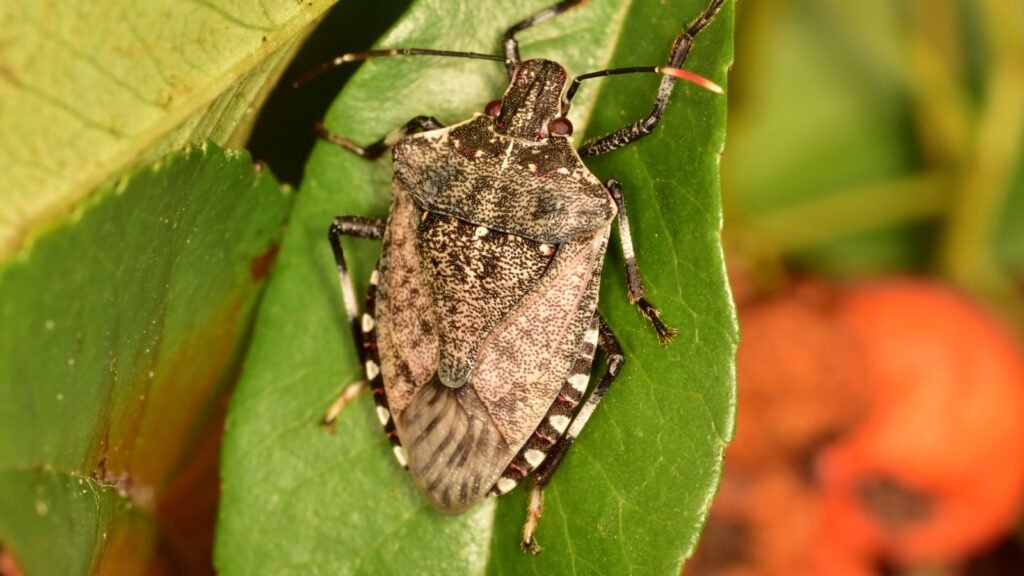
Stink bugs feed on a wide variety of fruits and vegetables by piercing them and sucking out the juices. This feeding causes blemishes and can ruin crops. Hand-picking and applying kaolin clay can help deter stink bugs from your garden.

